F1 Fish Cover Teapot
$119.00
- Name: F1 Fish Cover Teapot
- Capacity: 90 ml
- Material: Hei Tie Sha
Description
Name: F1 Fish Cover Teapot (Yu Zhao Hu)
Year: Late 90s
Volume: 90 +/- ml
Material: Hei Tie Sha. High-fired.
Seal: Made by Han Qiu
Handle: N/A
Lid: Chen
Filter: Single hole
Pouring time: 9s +/-
(F1 Fish Cover Teapot)
This teapot is part of a set of ten different-shaped teapots and clay made by Factory One.
This teapot uses Hei Ni(black clay). This kind of clay is considered rich in iron (铁 Tie in Chinese).
The craftsmanship is decent. If we are to compare the lid fit with many other F1 pots, is pretty tight.
The pouring speed is 9 seconds with slight dripping.
This teapot is brand-new. Before using it, I advise you to rinse it with boiling water. Then rinse it with room temperature water and smell it to check if it still has a clay smell. Repeat the procedure until the clay smell goes away.
Then you can start making tea. It might take 1-2 weeks if you use it daily until it makes decent tea.
You could also follow the more complicated method of boiling the teapot. However, it takes more time. And the teapot might get broken or cracked during the procedure.
Important Note: This teapot has many tooling marks, some outside/inside the lid. And most of them are on the base of the spout and handle. These are very common in many Factory One Teapots. Because when they use the Zhi ni (clay) to join the handle, spout, etc. The potter didn’t spread the clay evenly or smoothened the surface properly.
Also, in many cases, there are unfilled spaces at the sides of the spout or at the base of the handle (see pic 4).
All of this results in the marks you see in the pictures. After firing the teapot, that excess of clay or not smoothened clay left on the surface gives that bulging or cracking feeling (see pic 5,6,7).
You can also see pics 11,12,13, those are some teapots of my collection for your reference.
When buying a Factory One pot, be aware that, Generally speaking, these Teapots have no perfect craftsmanship compared to many modern teapots.
You can expect some natural kiln cracks on the surface of the clay. However, it is not like a crack caused by the user that penetrates through the other side. You also might find a not perfectly aligned spout, knob and handle, tooling marks on the lid and mouth of the teapot, etc. You should also expect other natural signs from the kiln, i.e. black spots, which are iron oxide that melted during the firing. Inside and outside the teapot, you may also find some mica chips that look like metal spots. Silvery in appearance.
Regarding the lid craftsmanship, rarely can you find a perfect lid fit. Usually, the lid is a bit loose with slight dripping.
Remember that these were mass-production products. Therefore, the craftsmanship details mentioned above are perfectly normal.
If you want a perfect or nearly perfect craftmanship, choose modern teapots instead.
Additional information
| Weight | 508 g |
|---|
Reviews (0)
Only logged in customers who have purchased this product may leave a review.

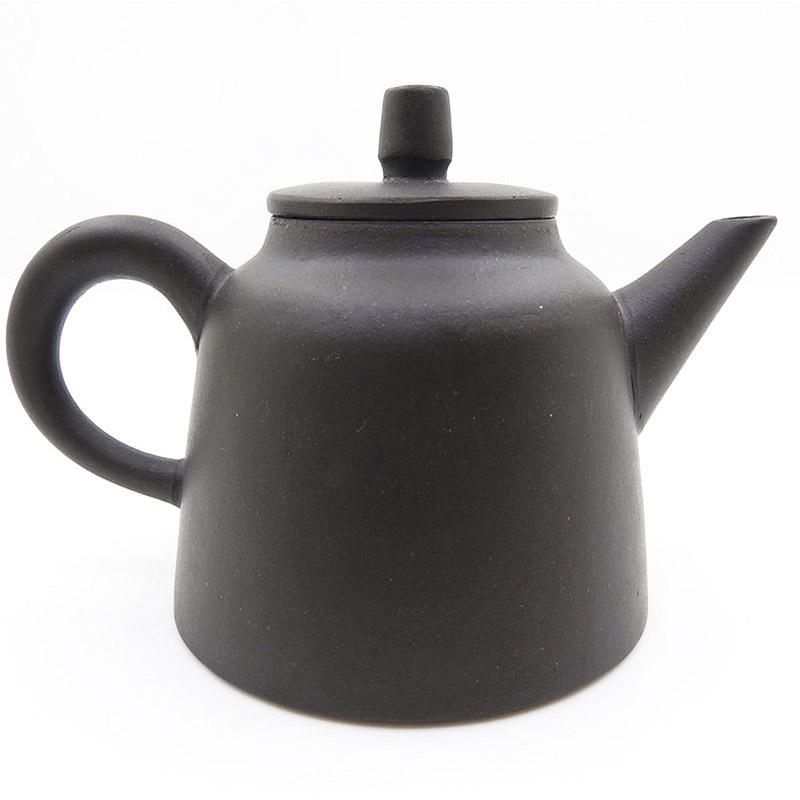


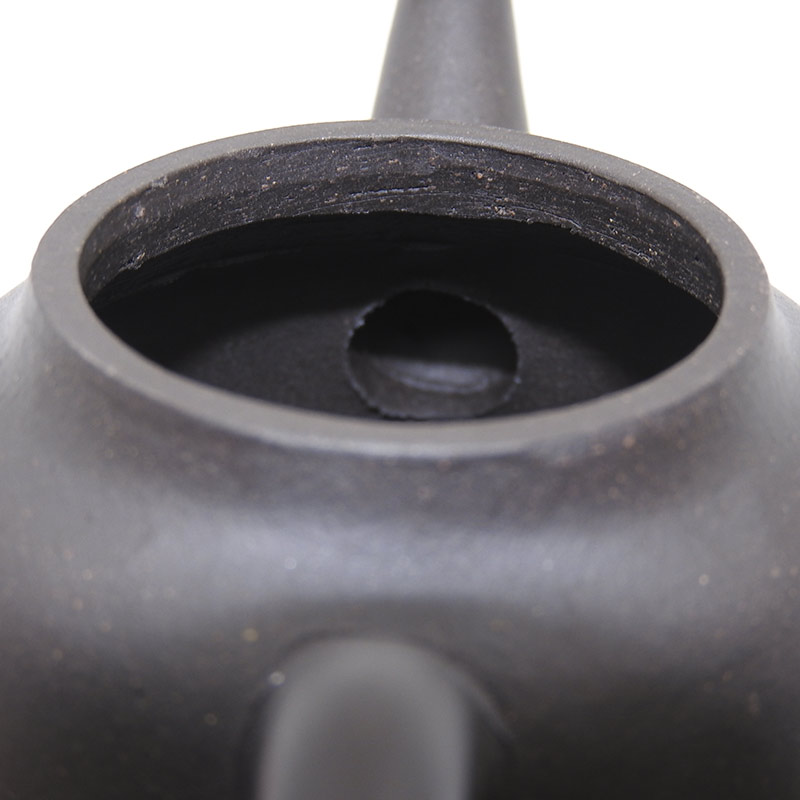
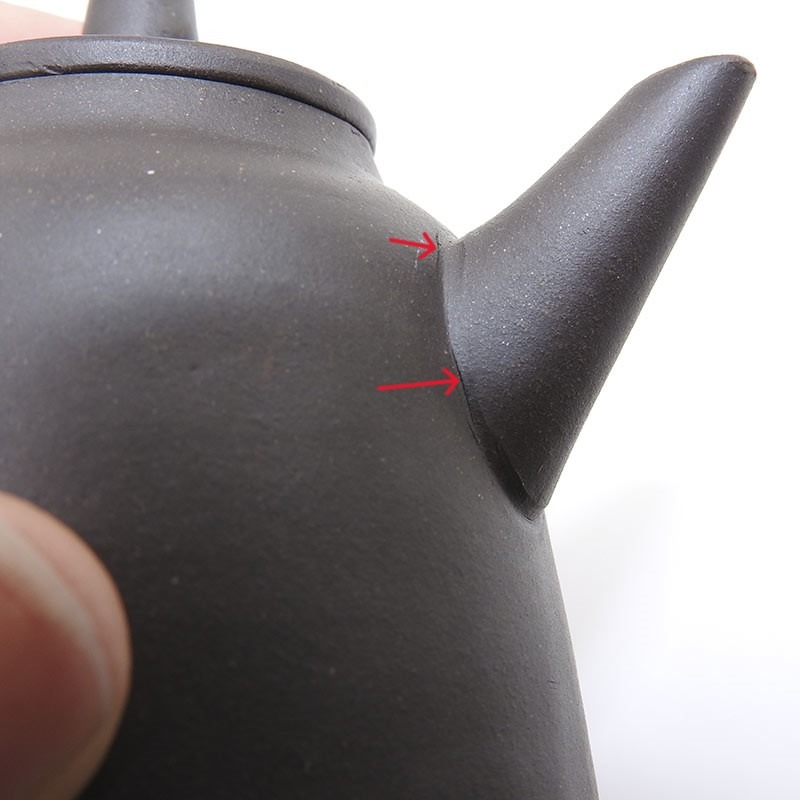


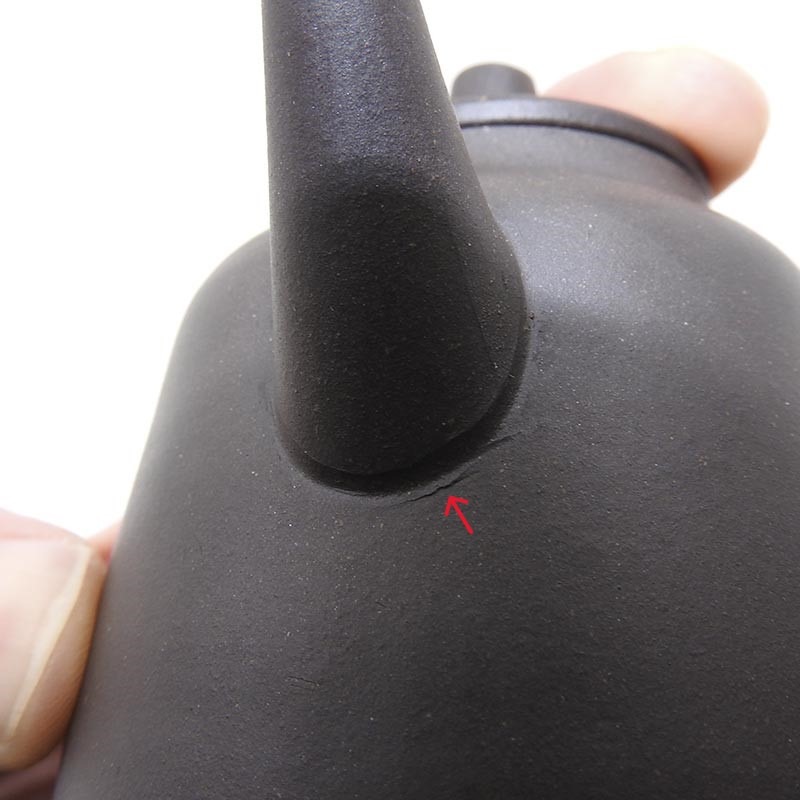
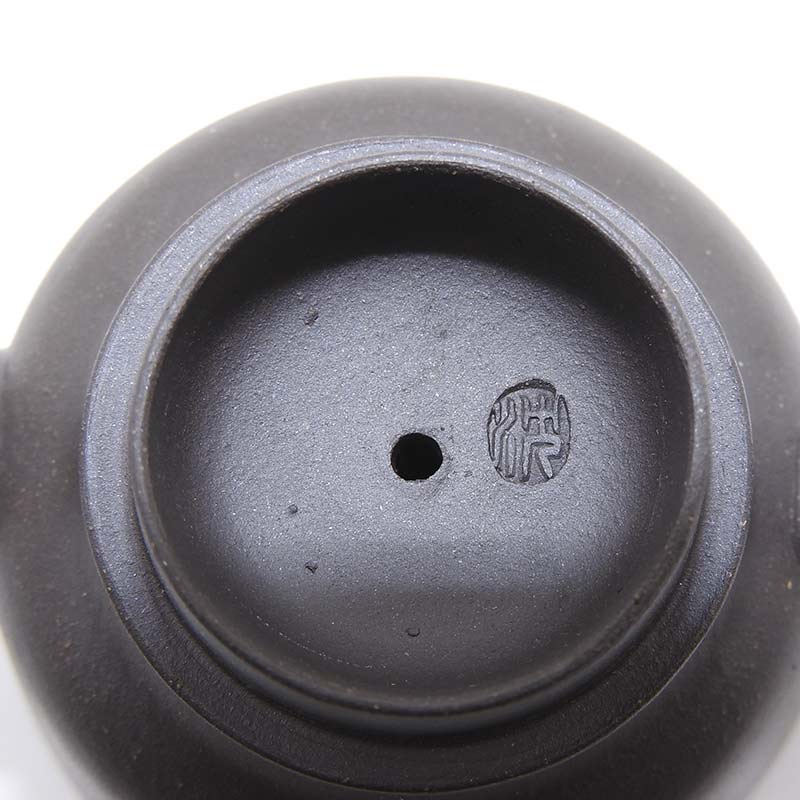


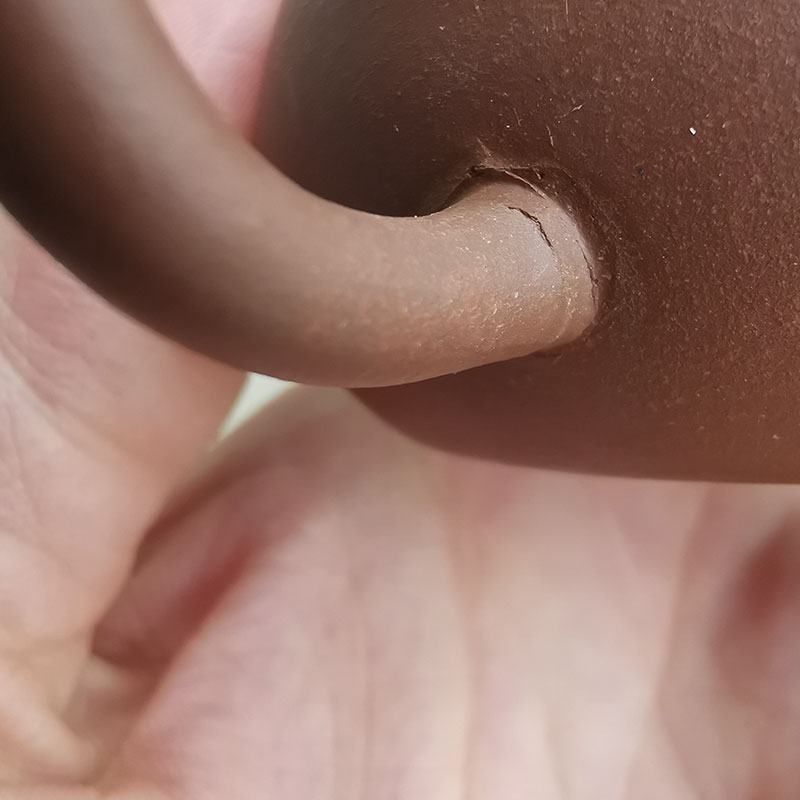
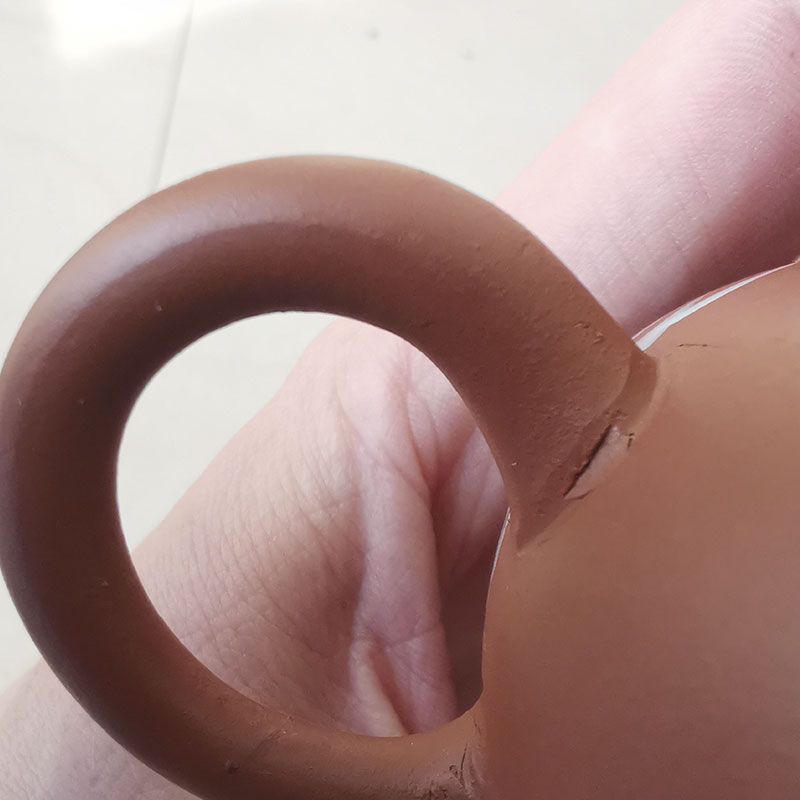
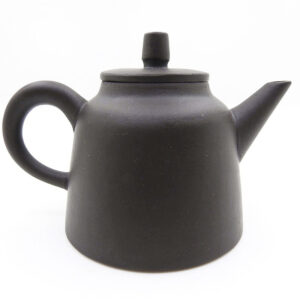


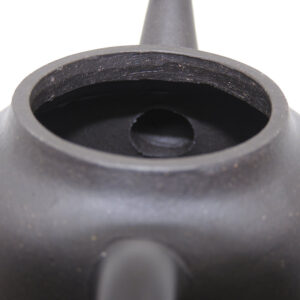
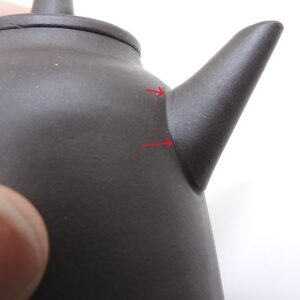
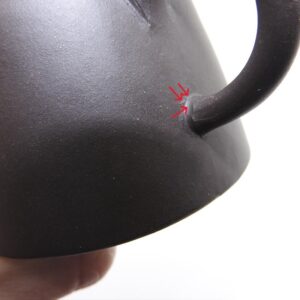
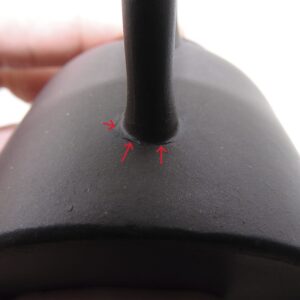
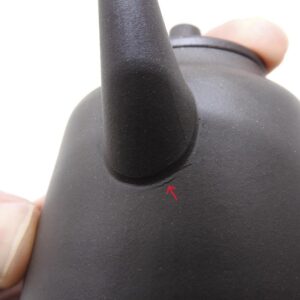
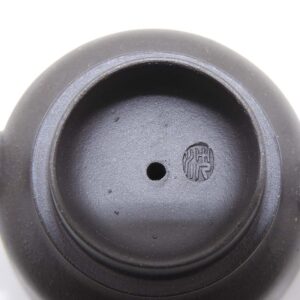
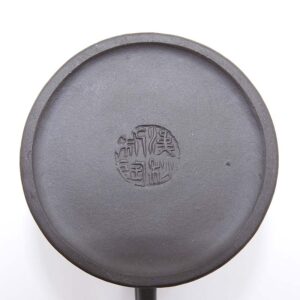



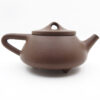
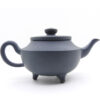
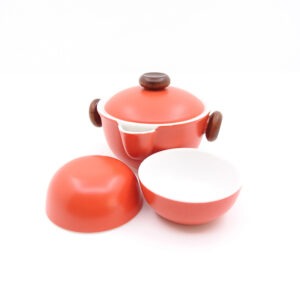
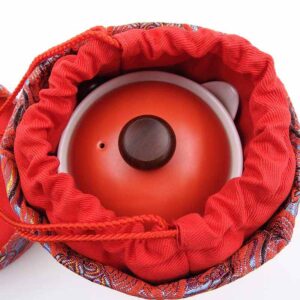
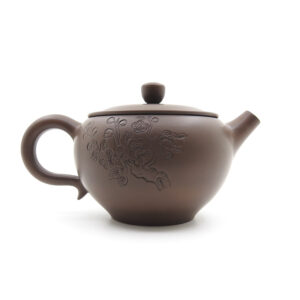

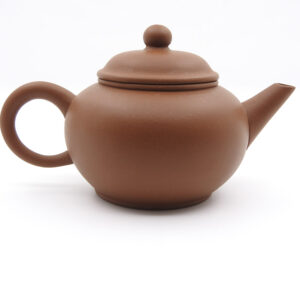
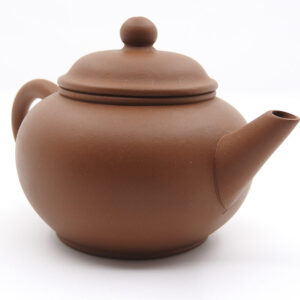
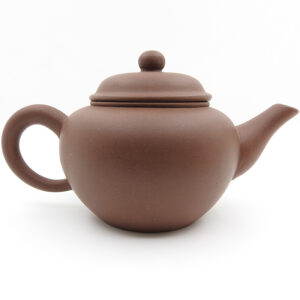



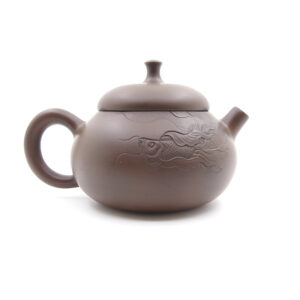

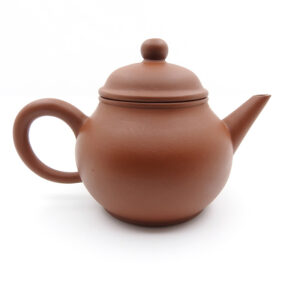

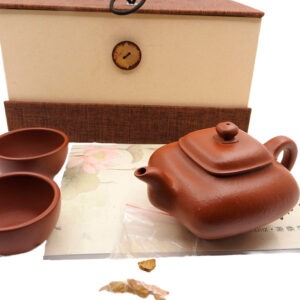
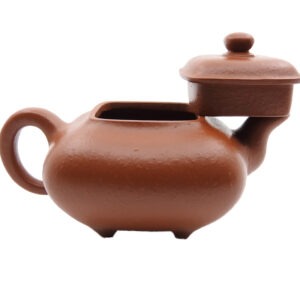
Reviews
There are no reviews yet.